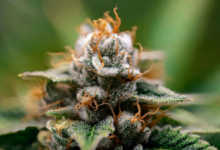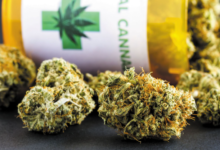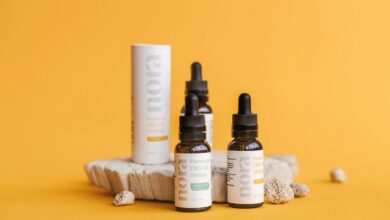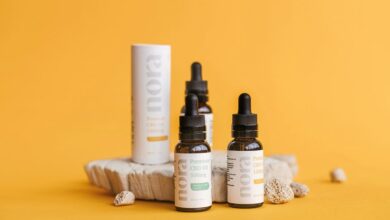Cbd What Is It
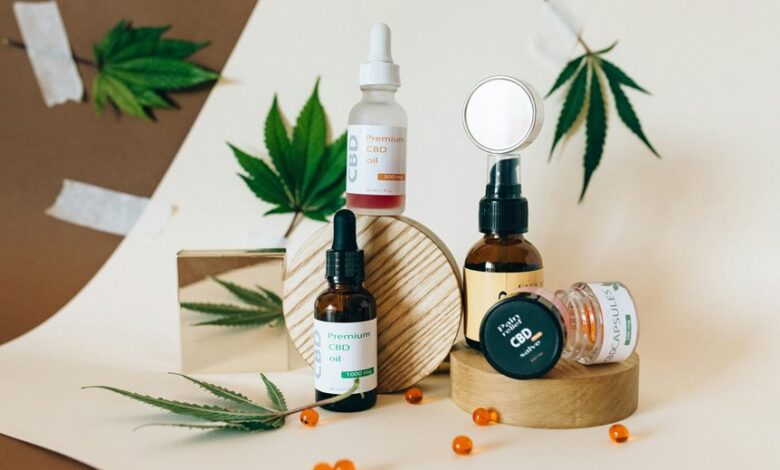
Cannabidiol, commonly known as CBD, is a natural compound extracted from the Cannabis sativa plant. Unlike tetrahydrocannabinol (THC), it does not produce psychoactive effects, making it a popular choice for those seeking therapeutic relief. With the legalization of hemp-derived CBD in the U.S. following the 2018 Farm Bill, interest in its potential health benefits has surged. What exactly are these benefits, and how does CBD interact with the body?
What Is CBD?
Cannabidiol, commonly known as CBD, is a naturally occurring compound found in the Cannabis sativa plant. Its history dates back thousands of years, with uses in traditional medicine.
Recently, CBD's legality has evolved, particularly following the 2018 Farm Bill in the United States, which legalized hemp-derived CBD. As a result, interest in its potential benefits has surged among those seeking natural alternatives.
How Does CBD Work?
Understanding how CBD works involves exploring its interaction with the body's endocannabinoid system (ECS), a complex network of receptors and neurotransmitters that help regulate various physiological processes.
CBD mechanisms engage with these receptors, particularly CB1 and CB2, influencing neurotransmitter release.
This receptor interaction can modulate pain, mood, and inflammation, offering insights into the potential role of CBD in promoting homeostasis within the body.
Potential Benefits of CBD
As research into cannabinoids continues to expand, numerous potential benefits of CBD have garnered significant attention from both the scientific community and the public.
Its therapeutic properties, such as anti-inflammatory and anxiolytic effects, suggest promise in treating various conditions.
Furthermore, the evolving legal status of CBD has increased accessibility, enabling individuals to explore its benefits in a manner that aligns with their pursuit of well-being and autonomy.
Forms and Methods of Consumption
CBD is available in a variety of forms, each offering distinct methods of consumption that cater to different preferences and needs.
Common options include tinctures and oils, which provide rapid absorption, while edible products such as gummies and chocolates offer a flavorful alternative.
These diverse forms enable users to choose the method that best aligns with their lifestyle and desired effects, promoting individual freedom in consumption.
Conclusion
In the ever-evolving landscape of wellness, CBD stands as a serene oasis amidst a bustling desert of anxiety and pain. With its roots entwined in ancient healing traditions and its promise illuminated by modern research, it offers a gentle embrace for those seeking relief. As consumers explore various forms and methods of consumption, the potential benefits of CBD become a beacon of hope, guiding them towards a more balanced and harmonious life without the shadows of psychoactive effects.

